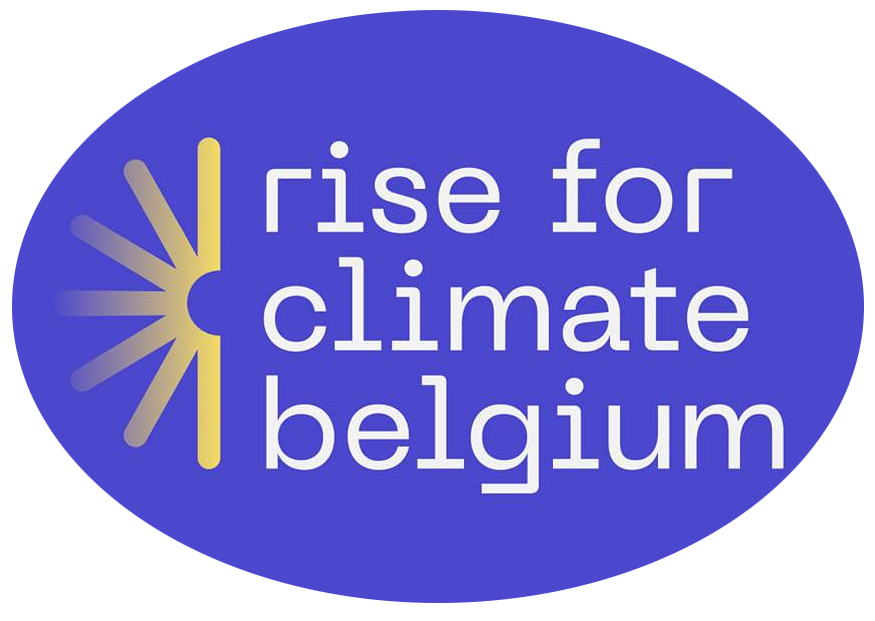Documentation
Pour voir les références d’un(e) auteur(e), cliquez sur son nom. Pour revenir à la page, utilisez le bouton refresh ci-dessous.
Cela fonctionne également avec les mot-clés de chaque référence.
Résultats pour:
IOPscience
2022
Extreme event attribution aims to elucidate the link between global climate change, extreme weather events, and the harms experienced on the ground by people, property, and nature. It therefore allows the disentangling of different drivers of extreme weather from human-induced climate change and hence provides valuable information to adapt to climate change and to assess loss and damage. However, providing such assessments systematically is currently out of reach. This is due to limitations in attribution science, including the capacity for studying different types of events, as well as the geographical heterogeneity of both climate and impact data availability. Here, we review current knowledge of the influences of climate change on five different extreme weather hazards (extreme temperatures, heavy rainfall, drought, wildfire, tropical cyclones), the impacts of recent extreme weather events of each type, and thus the degree to which various impacts are attributable to climate change.
Momentum to phase out unabated coal use is growing globally. This transition is critical to meeting the Paris climate goals but can potentially lead to large amounts of stranded assets, especially in regions with newer and growing coal fleets. Here we combine plant-level data with a global integrated assessment model to quantify changes in global stranded asset risks from coal-fired power plants across regions and over time. With new plant proposals, cancellations, and retirements over the past five years, global net committed emissions in 2030 from existing and planned coal plants declined by 3.3 GtCO2 (25%). While these emissions are now roughly in line with initial Nationally Determined Contributions (NDCs) to the Paris Agreement, they remain far off track from longer-term climate goals. Progress made in 2021 towards no new coal can potentially avoid a 24% (503 GW) increase in capacity and a 55% ($520 billion) increase in stranded assets under 1.5 °C. Stranded asset risks fall disproportionately on emergin



